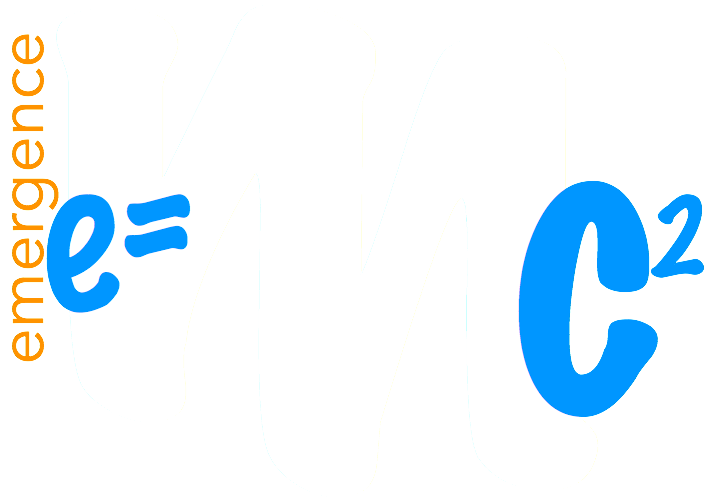Emergence through metamorphosis coaching circles

Emergence occurs when an entity is observed to have properties its parts do not have on their own, properties or behaviors which emerge only when the parts interact in a wider whole. This concept of emergence dates from at least the time of Aristotle and as they say, an emergent behavior can appear when a number of simple entities operate in an environment, forming more complex behaviors as a collective. Whenever there is a multitude of individuals interacting, an order emerges from disorder; a pattern, a decision, a structure, or a change in direction occurs.
We believe in the fundamental capability of human beings, left free to each regulate themselves, tend to produce spontaneous order, rather than the meaningless chaos often feared. Human beings are the basic elements of social systems, which perpetually interact and create, maintain, or untangle mutual social bonds. Social bonds in social systems are perpetually changing in the sense of the ongoing reconfiguration of their structure.A classic traffic roundabout is also a good example, with cars moving in and out with such effective organization that some modern cities have begun replacing stoplights at problem intersections with roundabouts, and getting better results.
The interaction of each part with its immediate surroundings causes a complex chain of processes that can lead to order in some form.
Emergent structures are patterns that emerge via the collective actions of many individual entities. The interaction of each part with its immediate surroundings causes a complex chain of processes that can lead to order in some form. In fact, some systems in nature are observed to exhibit emergence based upon the interactions of autonomous parts, and some others exhibit emergence that at least at present cannot be reduced in this way. In this program, we put together all the necessary ingredients for a small group of 7-8 participants to flourish leveraging the elementary constituents of leadership.
The program flyer can be downloaded from here. In case you are interested to be part of the coaching circles, please let us know.
We have identified five elementary constituents of leadership, which includes:
A growth-mindset is the belief that one’s skills and qualities could be cultivated through effort and perseverance. People with a growth mindset understand they can get smarter through hard work, the use of effective strategies, and help from others when needed. The growth-mindset approach helps people feel good in the short and long terms, by helping them thrive on challenges and setbacks on their way to learning.
Agile leadership is essential if an organisation is to affect true Agile business change. Agility is not an all or nothing quality but instead should be considered on a continuum. The Agile Leader is one who adapts. Agile Leadership is something that varies and improves over time.
Applied empathy is a design methodology, that empowers leaders to explore, learn, and grow through deeper understanding. This is a progressive approach for gaining understanding and bringing new thinking to life. It helps participants get closer to themselves, their friends, and their colleagues through thoughtful questions and inspired conversation.
Mindful listening is about being fully present when interacting with others. Listening mindfully requires us to comprehend what the other person is actually saying. Then we need to let them know we are paying attention and thinking about what they shared.
In an organization context, when people work together, there is always a possibility of disagreements, differences of opinion and conflicting perspectives on key issues to arise. The most effective teams ensures their members feel safe enough to disagree with one another, however, it is not always easy to create this culture. Conflict management and negotiation skills are important competencies for any leader to ensure that there is a conducive environment for their people to balance out differences and succeed at workplace.
Each of these elementary constituents are structured as a 10 week program, where the participants learn by practicing the concepts. The participants works on a capstone project of 4 weeks duration as part of the 10 week program and presents the outcomes before a panel as the qualification criteria.
